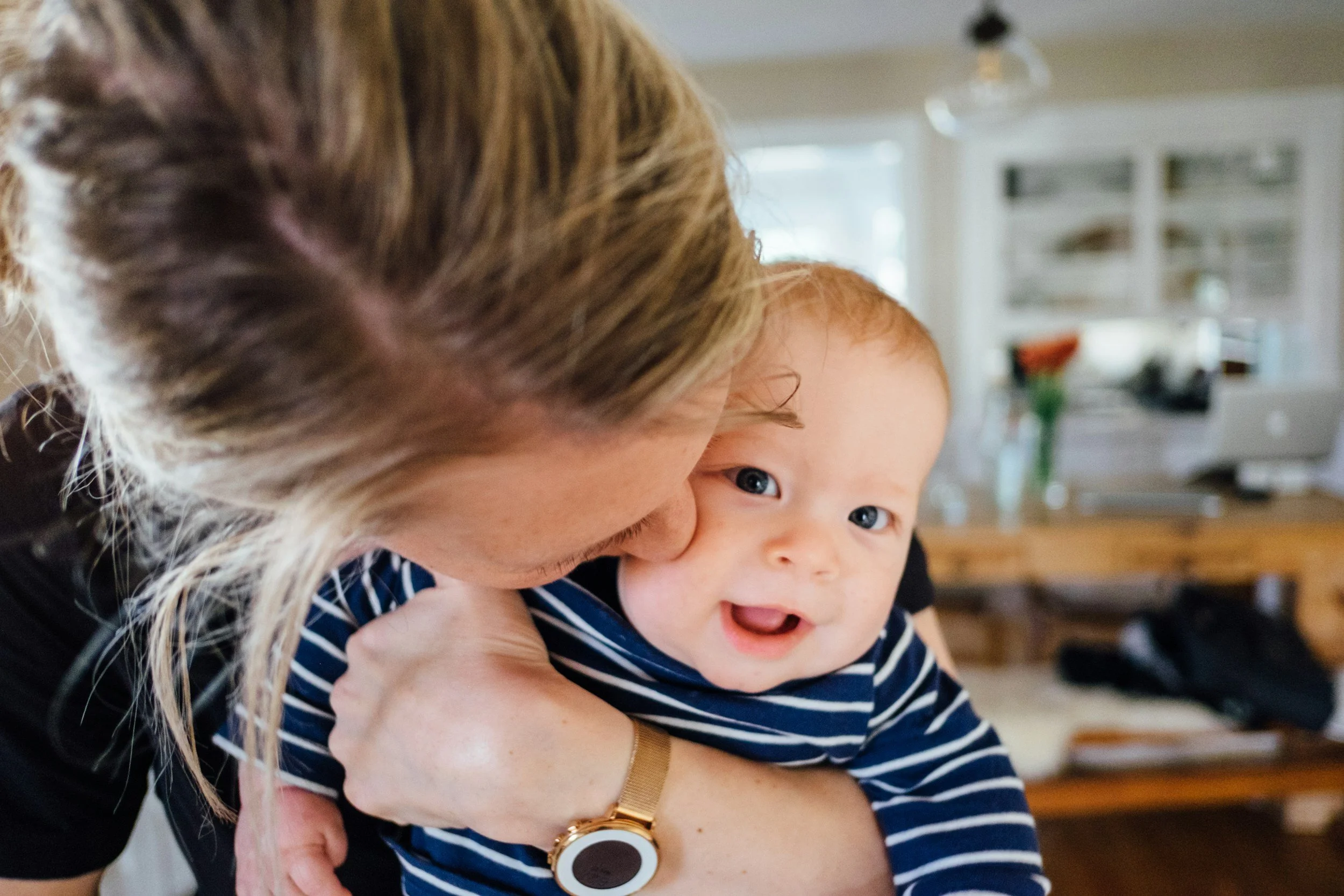Attachment Theory Basics
Attachment theory, developed by John Bowlby in the mid-20th century, posits that the bonds formed between caregivers and infants significantly influence an individual's emotional and social development throughout their life. This theory has become a cornerstone of developmental psychology and has been extensively studied and expanded upon by various researchers, including Mary Ainsworth. This article delves into the core concepts of attachment theory, examines different attachment styles, explores the implications for adult relationships, and reviews contemporary research findings.
Core Concepts of Attachment Theory
At its essence, attachment theory suggests that the early relationships between infants and their primary caregivers form the basis for future emotional and social development. Bowlby proposed that children are born with an innate tendency to form attachments as a means of survival. These attachments provide the child with a sense of security and a safe base from which to explore the world.
Bowlby identified several key components of attachment:
Proximity Maintenance: The desire to be near the people we are attached to.
Safe Haven: Returning to the attachment figure for comfort and safety in the face of a threat or distress.
Secure Base: The attachment figure acts as a base of security from which the child can explore the surrounding environment.
Separation Distress: Anxiety that occurs in the absence of the attachment figure.
Attachment Styles
Mary Ainsworth, a prominent figure in attachment research, expanded on Bowlby’s work through her "Strange Situation" study, which identified three primary attachment styles in children: secure, anxious-ambivalent, and avoidant. Later research by Main and Solomon identified a fourth style: disorganized attachment.
Secure Attachment:
Characterized by children who feel confident that their caregiver will be available to meet their needs. These children tend to explore freely while the caregiver is present, use the caregiver as a secure base, and are readily comforted by the caregiver during times of distress.
Anxious-Ambivalent Attachment:
These children often experience anxiety about the reliability and availability of their caregiver. They may exhibit clinginess, become very distressed when the caregiver leaves, and may not be comforted easily upon the caregiver's return.
Avoidant Attachment:
Children with this attachment style tend to avoid or ignore the caregiver, showing little emotion when the caregiver departs or returns. This behavior often results from caregivers who are insensitive or unresponsive to the child's needs.
Disorganized Attachment:
Characterized by a lack of a coherent style or pattern for coping. These children may exhibit confused or contradictory behaviors in the presence of a caregiver, often linked to unpredictable or frightening parental behavior.
Implications for Adult Relationships
Attachment styles developed in childhood are believed to persist into adulthood and influence romantic relationships, friendships, and even work relationships. Hazan and Shaver (1987) applied attachment theory to adult romantic relationships and identified similar attachment styles: secure, anxious-preoccupied, dismissive-avoidant, and fearful-avoidant.
Secure Attachment:
Adults with a secure attachment style tend to have healthy, long-lasting relationships. They feel comfortable with intimacy and are generally trusting and supportive.
Anxious-Preoccupied Attachment:
These adults often seek high levels of intimacy, approval, and responsiveness from partners, sometimes becoming overly dependent. They may have difficulty trusting or feeling secure in relationships.
Dismissive-Avoidant Attachment:
Characterized by a desire for independence and a tendency to avoid close relationships. These individuals often suppress their feelings and may have difficulty expressing emotions.
Fearful-Avoidant Attachment:
Marked by a fear of getting too close or too distant from others. These individuals often experience mixed feelings about relationships and may struggle with both intimacy and independence.
Contemporary Research and Developments
Recent research in attachment theory has explored the neurobiological underpinnings of attachment, demonstrating that early attachment experiences can influence brain development and stress response systems. Studies using neuroimaging techniques have shown that securely attached individuals tend to have more robust neural networks for regulating emotions and stress.
Furthermore, attachment theory has been applied to clinical settings to better understand and treat various psychological disorders. For instance, attachment-based interventions have shown promise in addressing issues such as depression, anxiety, and trauma. Therapies like Emotionally Focused Therapy (EFT) and Attachment-Based Family Therapy (ABFT) are designed to help individuals and families repair attachment disruptions and build healthier relational patterns.
Simply Put
Attachment theory provides a comprehensive framework for understanding the impact of early relationships on an individual's emotional and social development. The theory's application extends beyond childhood, influencing adult relationships and psychological well-being. Ongoing research continues to uncover the profound ways in which attachment experiences shape our lives, offering valuable insights for both developmental psychology and clinical practice.
References
Ainsworth, M. D. S., Blehar, M. C., Waters, E., & Wall, S. (1978). Patterns of attachment: A psychological study of the strange situation. Hillsdale, NJ: Lawrence Erlbaum Associates. Patterns of Attachment | A Psychological Study of the Strange Situatio (taylorfrancis.com)
Bowlby, J. (1969). Attachment and Loss: Vol. 1. Attachment. New York: Basic Books. Attachment and loss: Retrospect and prospect. (apa.org)
Hazan, C., & Shaver, P. (1987). Romantic love conceptualized as an attachment process. Journal of Personality and Social Psychology, 52(3), 511-524. Romantic love conceptualized as an attachment process. (apa.org)
Main, M., & Solomon, J. (1990). Procedures for identifying infants as disorganized/disoriented during the Ainsworth Strange Situation. In M. T. Greenberg, D. Cicchetti, & E. M. Cummings (Eds.), Attachment in the preschool years: Theory, research, and intervention (pp. 121-160). University of Chicago Press. Procedures for identifying infants as disorganized/disoriented during the Ainsworth Strange Situation. (apa.org)
Mikulincer, M., & Shaver, P. R. (2016). Attachment in Adulthood: Structure, Dynamics, and Change. New York: Guilford Press. Attachment in adulthood: Structure, dynamics, and change. (apa.org)








